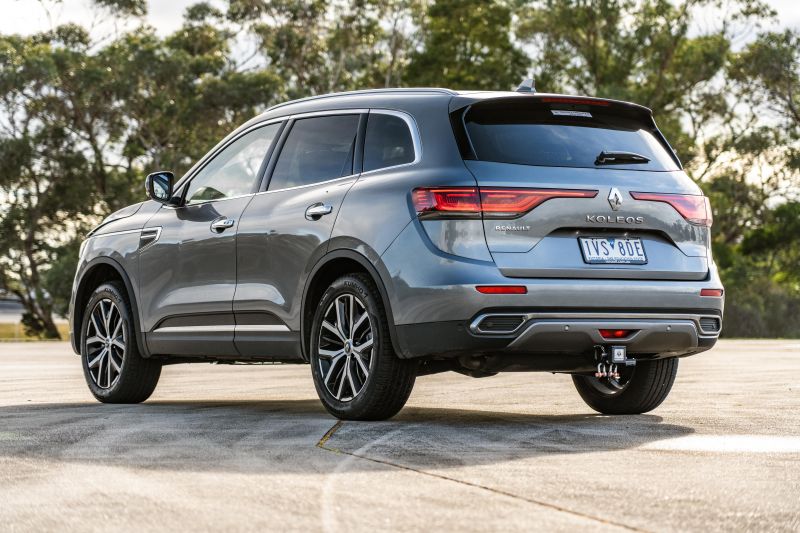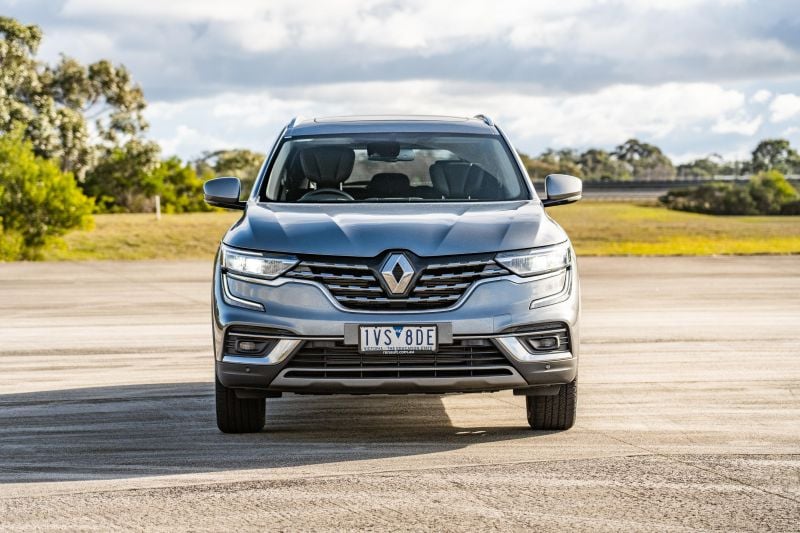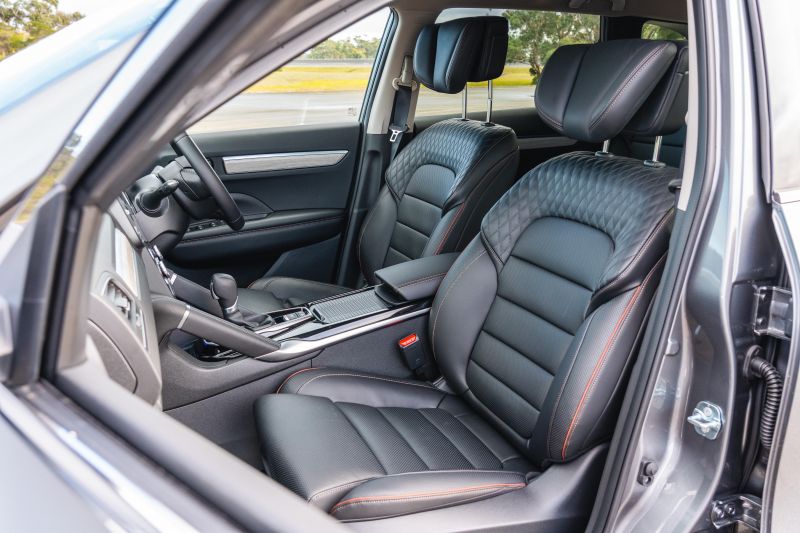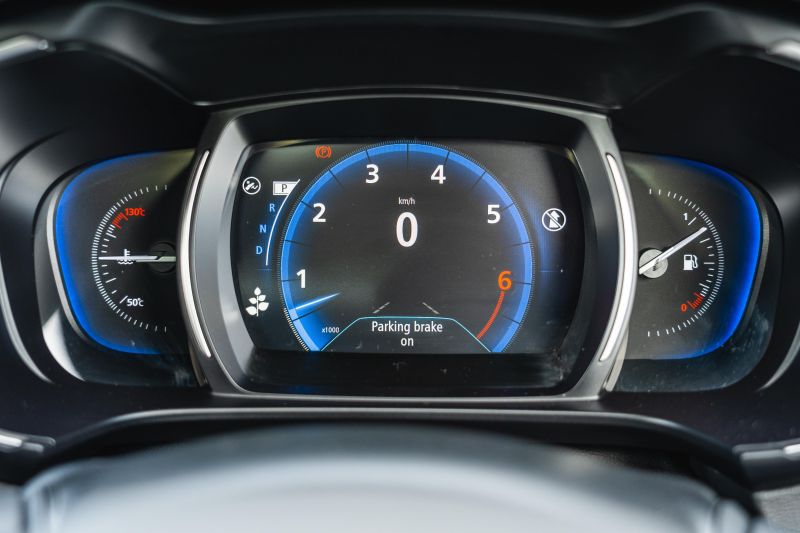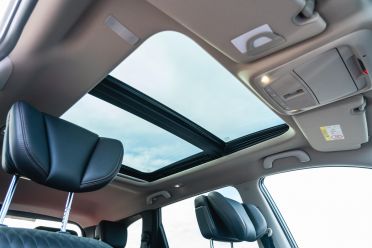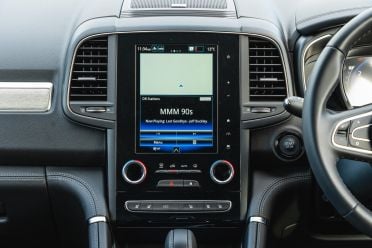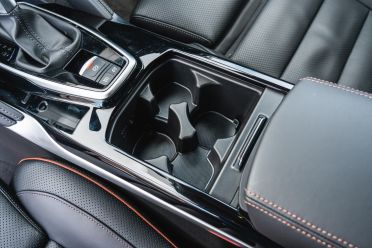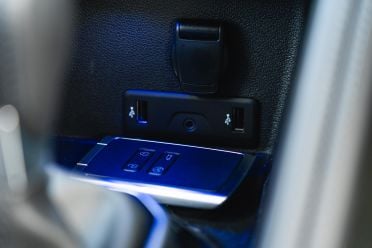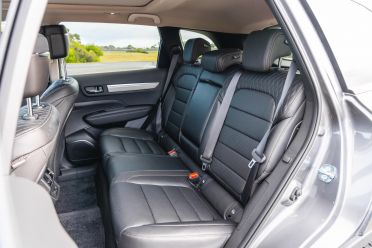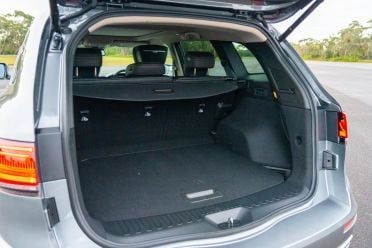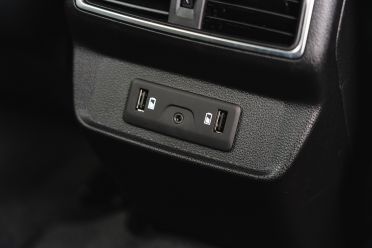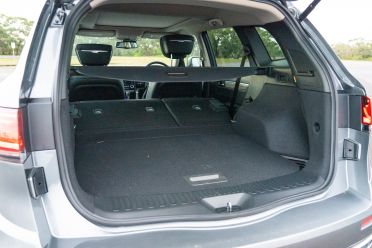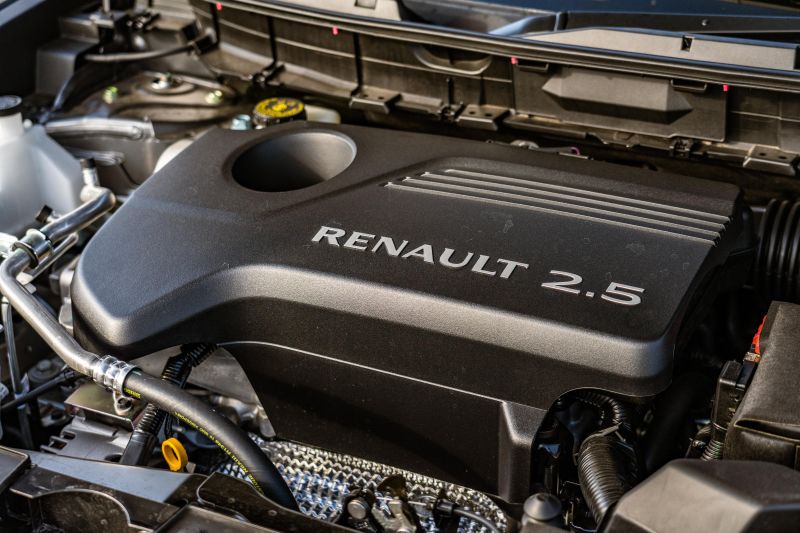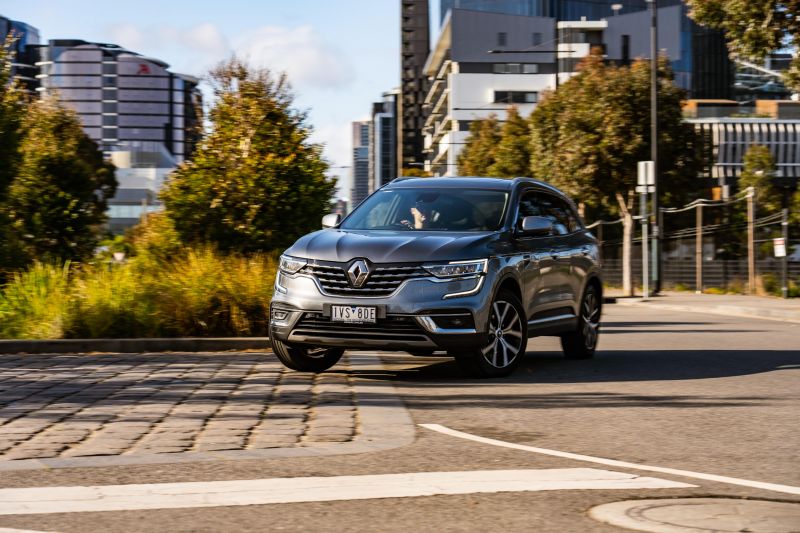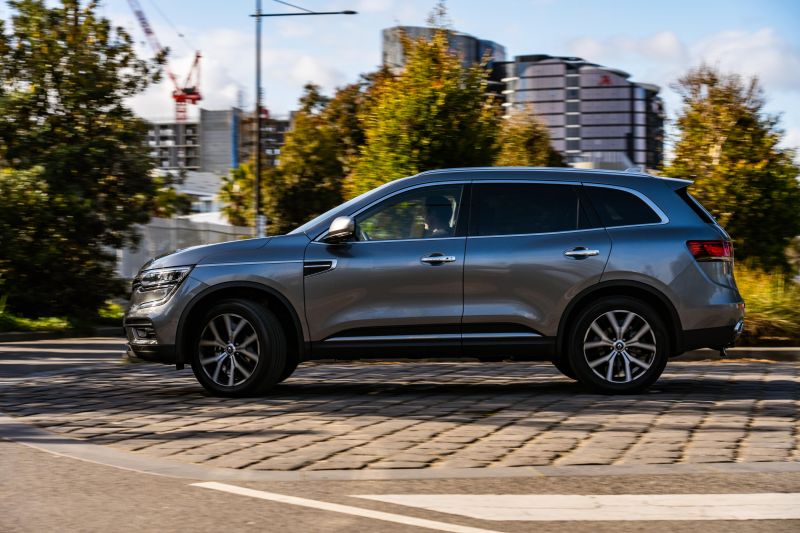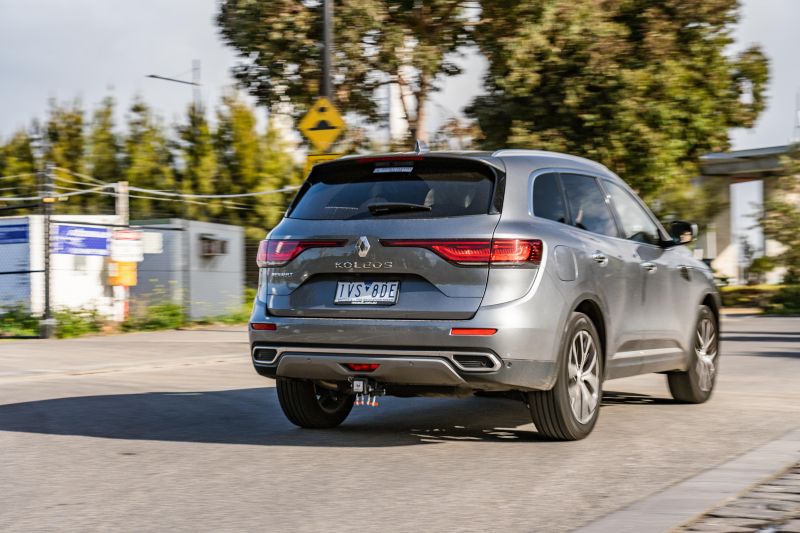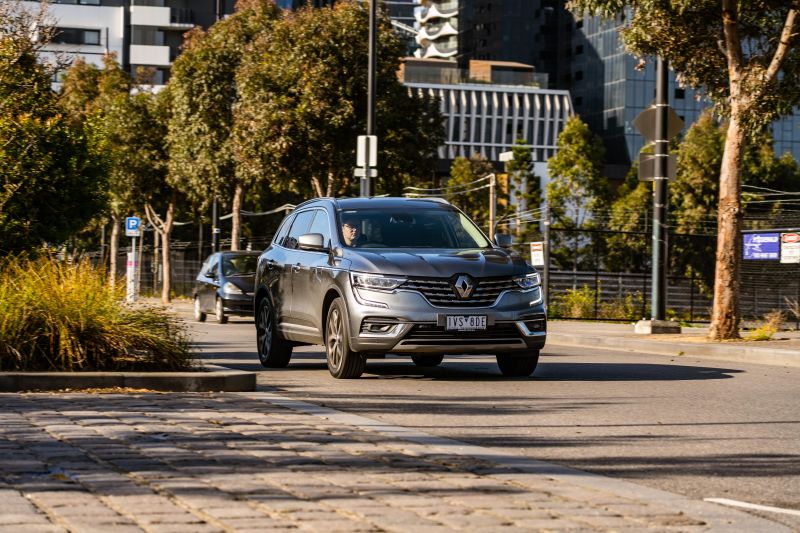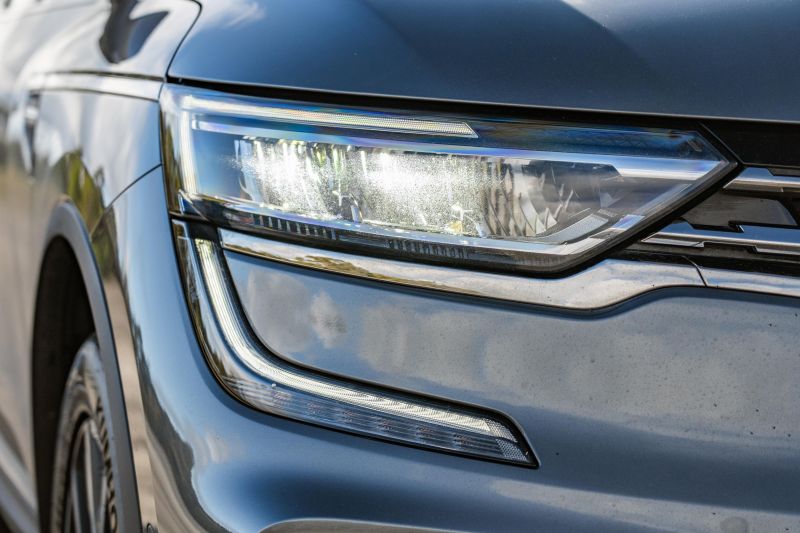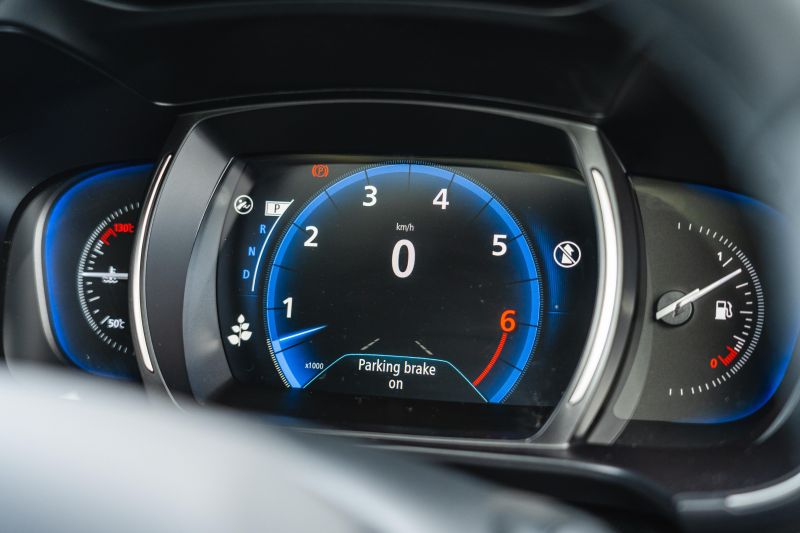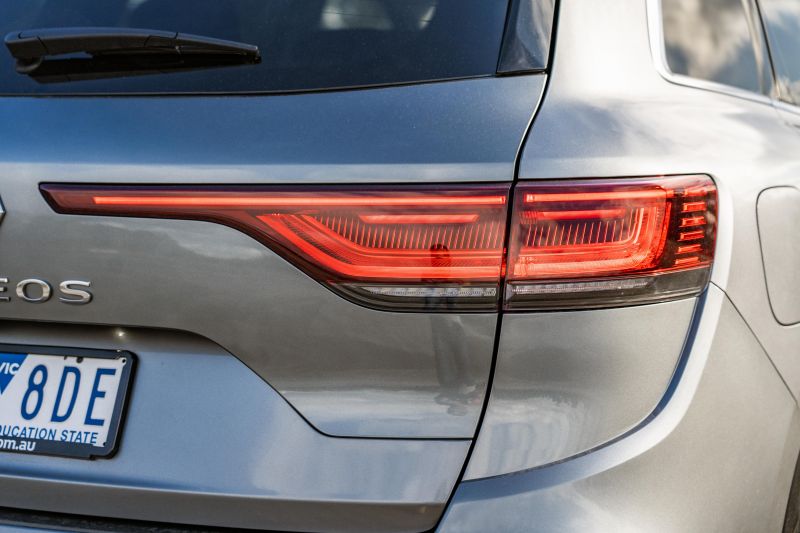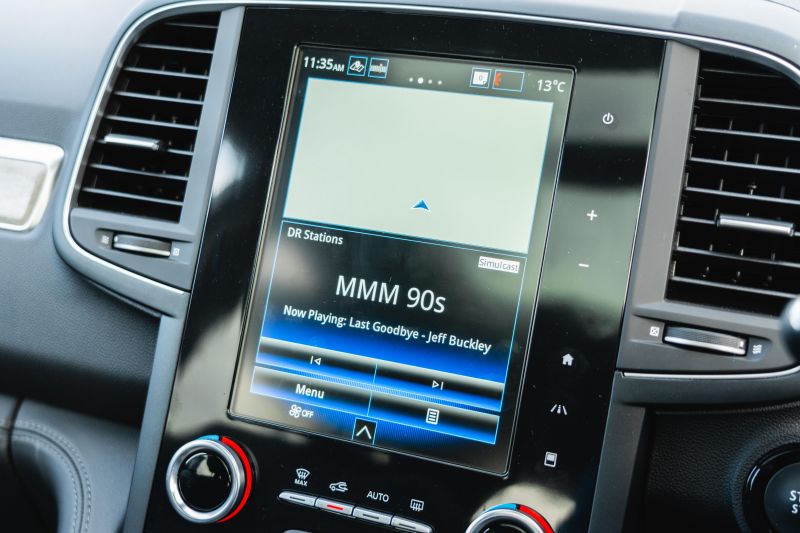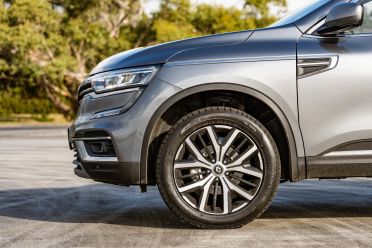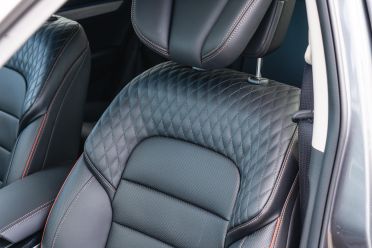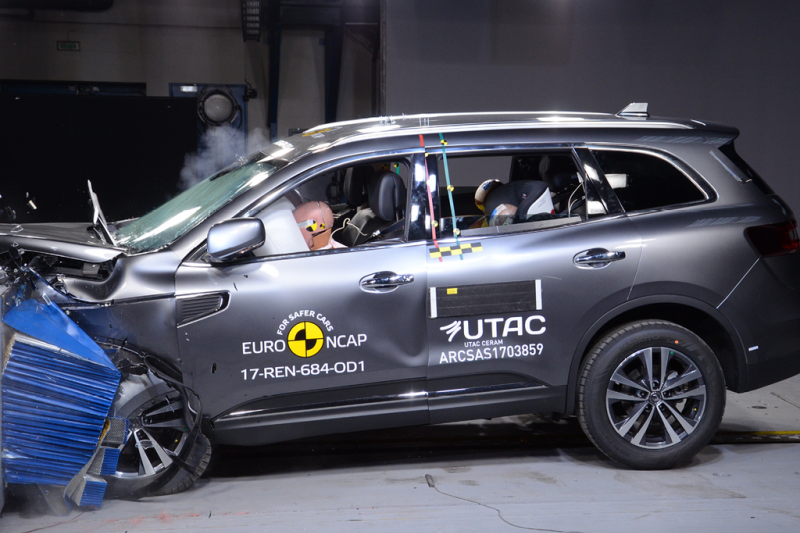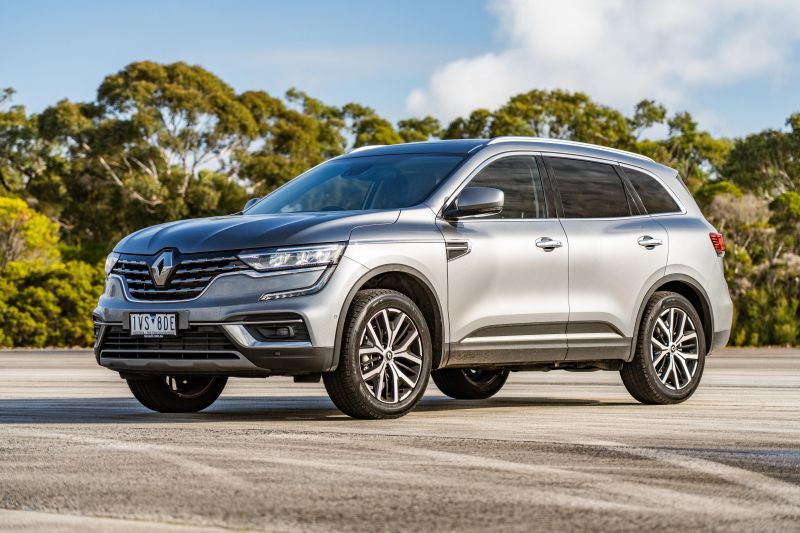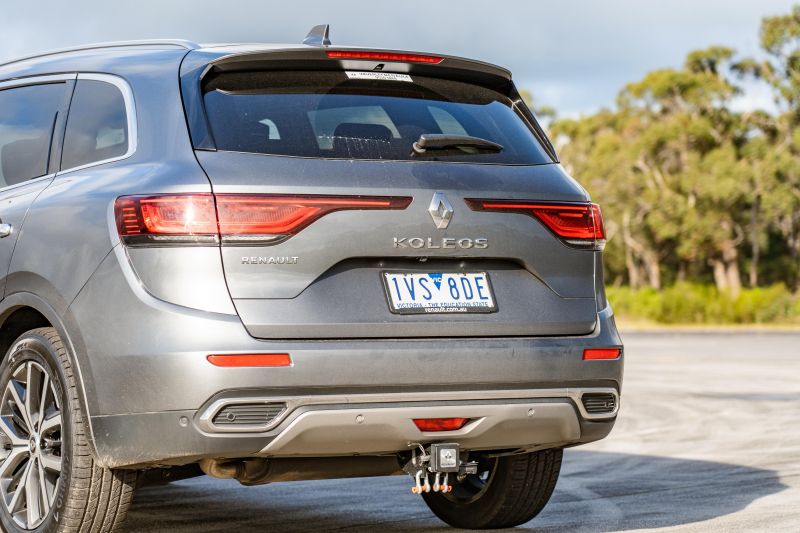It’s easy to be overwhelmed if you’re in the market for a mid-sized SUV at the moment.
Note: Here is our most recent review of the Renault Koleos, as a new vehicle hasn’t been available for us to test and the specification is largely unchanged since publication.
Renault Australia has confirmed the Koleos will continue in its current form right through 2025, with general manager Glen Sealey telling CarExpert: ““[It will] continue into next year. If you’d like to order one today, we can sort you out”.
We have also updated key details such as pricing and specifications with the most up to date information available.
Along with long-running best-sellers like the Toyota RAV4, Mazda CX-5, and Hyundai Tucson, the market has recently expanded to include an array of lesser-known challengers from the likes of Haval and MG.
The Renault Koleos isn’t a new kid on the block – it’s something of an elder statesman at this point – but it’s still a relatively small player. With 1937 delivered in 2021, it was only the 12th-best seller in its class.
The SUV debuted in 2016, and was treated to an update in 2021.
On paper, the Koleos is a bit of an oddity. It’s from a French brand, but it’s manufactured in Korea in partnership with Samsung, and it was developed in conjunction with the Japanese Nissan X-Trail.
Although the X-Trail will soon be replaced by a new model, the Koleos will keep on keeping on for the moment.
Despite its slightly convoluted origin story, the range-topping Koleos Intens looks and feels every bit a Renault when you drop into its leather-trimmed driver’s seat.
It’s not quite a class leader but, when you consider its price, it’s an appealing alternative to the mainstream.

How much does the Renault Koleos cost?
Despite a recent price hike, the Koles Intens remains one of the most affordable options if you’re looking for a fully-loaded mid-sized SUV.
| Model | Price before on-road costs |
|---|---|
| Renault Koleos Life 4×2 | $37,500 |
| Renault Koleos Zen 4×2 | $42,500 |
| Renault Koleos Zen 4×4 | $45,000 |
| Renault Koleos Intens 4×2 | $46,000 |
| Renault Koleos Intens 4×4 | $48,500 |
To see how the Koleos lines up against the competition, check out our comparison tool.
What is the Renault Koleos like on the inside?
Six years on from launch, the Koleos still looks and feels pretty fresh behind the wheel. With an upright, elegant dashboard design and switchgear direct from the Renault parts bin, it doesn’t feel like a reskinned Nissan.
Both driver and passenger sit in Nappa-leather-trimmed armchairs with electric adjustment, manually extendable thigh support, massaging, heating, and cooling.
They’re nice to look at and offer good bolstering for your upper body, although more tilt adjustment for the seat base would make the car more accomodating for long-legged drivers.
Renault hasn’t skimped on the leather trim. It looks and feels expensive and, combined with the blonde wood on the dash, leather-style trim bits around the centre console, and flat-bottom wheel helps make the Intens feel suitably European and upmarket.
The driver is faced with a hybrid instrument binnacle, which puts a digital speed readout and rev counter in the centre, flanked by analogue temperature and fuel gauges.
You’re able to toggle through different layouts for the central dial, although you can’t configure it to show maps like a Volkswagen Group cluster.
Pride of place in the middle of the dashboard belongs to a vertically-oriented touchscreen infotainment system with wired Apple CarPlay and Android Auto. Although vertical screens are becoming common, the Koleos was quite early to the party.
CarPlay looks great and generally responds quickly to inputs, while the factory software is serviceable but slightly clunky. The graphics are simple, and it’s hard to get lost in sub-menus.
A proper volume knob would be nice though, and you still need to press a few too many buttons to change the air-con fan speed.
As is Renault tradition, there is some ergonomic weirdness on hand. The cruise control is activated by a switch on the transmission tunnel, and there’s a little pod hidden behind the wheel to control your media volume, skip tracks, and change inputs.
Familiarity flattens the learning curve (the media pod is actually quite clever when you know what’s going on), but the controls in more boring rivals are easier to understand on first impression.
It’s worth calling out the punchy Bose sound system, which packs more bass than the equivalents in most SUV rivals.
Storage space is plentiful. There’s a deep central bin, four cupholders (two full-sized and two piccolo-sized), and an open phone-sized space on the transmission tunnel, backed by spacious door bins.
Unlike its compatriots at Peugeot and Citroen, Renault moves the fuse box in its right-hand drive cars to create a usable glovebox.
Rear seat space is a highlight in the Koleos, with one notable exception. Legroom is excellent, even behind tall drivers, and the backrests recline so kids can get more comfortable.
The bench is broad, the floor is close to flat, and there are air vents back there for good measure. The two USB ports are handy for kids who want to charge their iPads on the move, and are exclusive to the Intens.
Headroom in the Intens, however, is compromised by the panoramic sunroof. Kids will be happy back there, but taller teens will find their heads nestling very close to the headlining.
Boot space beneath the (slow-acting) powered tailgate is 458 litres with the rear seats in place, expanding to 1690L with them folded flat. Unlike Nissan on the related X-Trail, Renault has never offered a seven-seat Koleos.
What’s under the bonnet?
The Renault Koleos uses a naturally-aspirated 2.5-litre four-cylinder petrol engine producing 126kW of power and 226Nm of torque, mated to a continuously-variable transmission.
In this particular tester, the engine sends its power to the front wheels. All-wheel drive is available on the range-topping Intens.
Claimed fuel economy is 8.1 litres per 100km, and the 60L fuel tank takes 91 RON regular unleaded. We saw around the 8.5L/100km mark after mixed driving, with a slight skew to the open road.
How does the Renault Koleos drive?
With its naturally-aspirated 2.5-litre petrol engine and two-wheel drive, the Koleos isn’t a firecracker.
The CVT is smooth off the mark, and provided you aren’t in a hurry it’s a happy customer just mooching around town.
Engine noise is kept to a minimum, and the transmission generally keeps revs down at city speeds for fuss-free progress.
Renault hasn’t tried to make the Koleos feel sporty. The steering is light at low speed, which makes the Koleos a breeze to park in tight city spaces, and the reversing camera and auto-dipping mirrors leave no excuse for scraped wheels.
The car will steer itself into a carpark with the driver controlling the throttle, too.
Ride comfort is the main chink in the Koleos’ armour. It’s settled on smooth roads, but expansion joints and sharper hits like potholes are keenly felt in the cabin, and elicit a shudder from the car’s structure.
Blame the Intens’ flashy alloy wheels and lower-profile tyres; the Zen we reviewed in 2020 had a far friendlier ride on its smaller wheels. The Koleos isn’t the only mid-sized SUV to sacrifice comfort at the altar of style, of course.
Ask for more than gentle performance and the engine in the Koleos feels a bit strained.
It’s not particularly torquey, so it needs to be worked hard to get rolling, and the transmission falls into the CVT trap of flaring and then holding the revs as you accelerate hard.
It’s not a particularly natural feeling, and one that undermines refinement in conjunction with the dull, droning engine noise.
You’ll also get the front wheels spinning if you hit the accelerator too hard off the mark in the wet, something that can be solved with a gentler right foot or, if that’s not your style, the all-wheel drive Intens.
It settles down at a cruise, but getting there in a hurry isn’t always pleasant. At highway speeds the engine whispers away in the background, and fuel economy dips into the mid-6.0L/100km range.
Wind and road noise are well suppressed on smooth roads, but you do get some road roar from the tyres on the type of coarse chip surfaces common when you get into regional Australia.
Although the ride is generally settled at higher speeds, the same sharpness present in the city never goes away.
Where the Koleos misses out relative to its more modern rivals is on the driver assist front.
The cruise control system won’t maintain a gap to the car in front, even in this top-spec Intens, and the lane-keeping system isn’t capable of steering you back between the white lines when you stray. Instead, it can only warn you with a bassy buzz through the speakers.
Although lane-centring isn’t standard across the board, the crowd of mid-sized SUVs without adaptive cruise in 2022 is vanishingly small. The fact you can’t get it here is a black mark against the Koleos.
What do you get?
The Intens sits at the top of the Koleos lineup in Australia.
Koleos Life standard equipment:
- 18-inch two-tone alloys
- 17-inch steel spare wheel
- LED headlights
- Satin Grey roof rails
- Hands-free key card
- Auto folding door mirrors
- Auto high beam
- Black cloth, leatherette upholstery
- Dual-zone climate control
- Heated, cooled front cup holder
- Customisable ambient lighting
- Rear privacy glass
- AM/FM/DAB radio
- 3D Sound by Arkamys 8-speaker audio
- 7.0-inch instrument display
- 7.0-inch touchscreen infotainment system
- Wired Apple CarPlay
- Wired Android Auto
- 2 x front USB ports
Koleos Zen adds:
- LED reversing lights
- Sweeping rear turn signal
- 8.7-inch portrait infotainment system
- Satellite navigation
- 2 x rear USB charging ports
- Easy Park Assist
- Powered hands-free tailgate
- Power-adjustable driver’s seat incl. lumbar
- Heated front seats
- Black leather upholstery
- Ambient lighting in rear door panels
Koleos Intens adds:
- 19-inch alloy wheels
- Mirror kerb function in reverse
- Ventilated front seats
- Power-adjustable front passenger seat
- Front seat cushion length extension
- Front seat relax headrests
- Driver memory function
- Black Nappa leather upholster
- Electronic panoramic sunroof
Is the Renault Koleos safe?
When the Koleos was tested by ANCAP in 2017, it received a rating of five stars – this has now expired.
That rating was based on an adult occupant protection score of 84 per cent, child occupant protection score of 79 per cent, vulnerable road user protection score of 62 per cent and a safety assist score of 52 per cent.
Standard safety equipment includes:
- 6 airbags
- Autonomous Emergency Braking (AEB) – Interurban speed
- Blind-spot monitoring
- Cruise control, speed limiter
- Forward collision warning
- Lane departure warning
- Parking sensors – front, side, rear
- Reversing camera
- Tyre pressure monitor
How much does the Renault Koleos cost to run?
Unlike the wider Renault lineup in Australia, which is backed by a five-year warranty, the Koleos range is subject to a seven-year, unlimited-kilometre warranty as of July 1, 2024.
The Renault Koleos requires servicing every 12 months or 30,000km, whichever comes first. Each service of the first five services costs $429 except the fourth service, which costs $999.
CarExpert’s Take on the Renault Koleos
The Koleos deserves more love than it gets from Australian buyers.
It isn’t a standout in any particular area, but it’s solid to drive and, when you consider the price, offers a lot of space and luxury.
Renault has done a good job balancing its traditional design flair with the sort of solid, simple ergonomics that won’t offend people coming in from other brands, and there’s little evidence of the fact it shares its bones with a Nissan.
It’s feeling its age on the active driver assist front, though. The fact you can’t get adaptive cruise control is disappointing, likewise lane-centring and rear cross-traffic alert.
The front-wheel drive Intens is the sweet spot in the range, provided you can deal with the ride.
Click the images for the full gallery
MORE: Buy a Renault Koleos
MORE: Everything Renault Koleos





